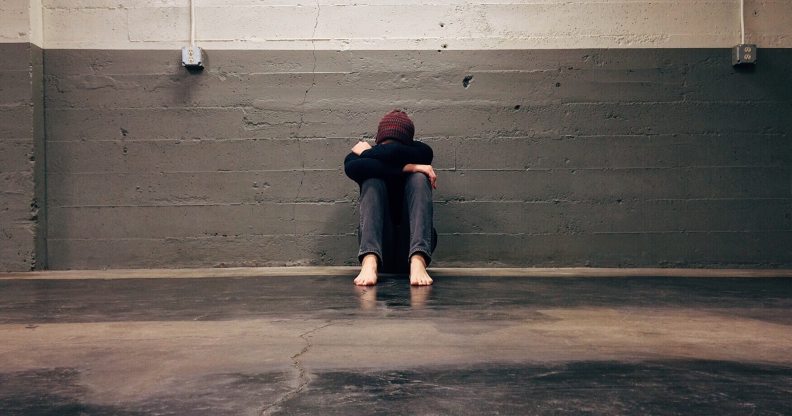Lesbian, gay and bisexual students more likely to self-harm

Pexels
Pexels
A new research study has found that lesbian, gay and bisexual university students are at a greater risk of self-harm and attempting suicide than straight people.
65 percent of lesbian, gay and bisexual students who responded to the survey said they had self-harmed, compared to 41 percent of straight students.

Pexels
The study also found a higher rate of attempted suicide among LGB students compared to straight students. 35 percent of LGB students had attempted suicide, compared to 14 percent of straight students.
The study was conducted by researchers at the University of Manchester, Leeds Beckett University, Lancaster University and Edith Cowan University in Australia. Statistics were gathered through an online survey.
707 students from two English universities responded to the survey, with 119 of those identifying as lesbian, gay or bisexual.
The results suggest that low self-esteem was a factor in self-harm for LGB students.
Low self-esteem and self-harm
One of the researchers, Dr Peter Taylor, said that there is “surprisingly little data on the psychological mechanisms” that could explain the links between LGB students and self-harm.
“This data highlights how low self-esteem may leave some LGB students more at risk.”

Pexels
“Interestingly, anxiety and depressive symptoms did not appear to be important once self-esteem was taken into account.
“So prevention and intervention efforts directed at these psychological mediators by Universities may help to reduce risks in this population,” he added.
Dr Taylor also said that tackling anti-LGBT+ discrimination and promoting acceptance of the community could improve self-esteem.
Previous research has also suggested that there are higher rates of self-harm and suicide among LGBT+ people.
Meanwhile, NHS data from recent years show an increase in the number of young people admitted to hospitals for self-harm.
Mental health issues
Figures released in August showed that the number of girls under the age of 18 who needed hospital treatment for self-harm nearly doubled in the past 20 years, from 7,327 in 1997 to 13,463 in 2017.
A study carried out in the North Yorkshire in 2015 found that more than half of the girls identifying as LGBT+ had self-harmed and 41% of the LGBT+ respondents—who represented 15% of the 20,000 schoolchildren surveyed—had experienced bullying.
As for transgender schoolchildren, the statistics on self-harm increase to four in five people, according to Stonewall’s School Report 2017, with nearly half reporting trying to take their own lives.

Pexels
Earlier this month, a Stonewall report found that half of LGBT+ people had experienced depression in the previous year.
It also found that 61 percent of queer people had anxiety, more than three times the proportion of the general population.
The YouGov study, which surveyed more than 5,000 LGBT+ people across England, Scotland and Wales, found that queer patients face challenges when seeking treatment from the NHS.
One in eight patients—13 percent—experienced unequal treatment from healthcare staff because of their sexual or gender identity, while nearly one in four—23 percent—witnessed anti-LGBT comments from these professionals.
One in seven—14 percent—queer people said they were too afraid to seek treatment for fear of being discriminated against.
The study by researchers at the University of Arizona also found that more than four in 10 (42 percent) of non-binary adolescents and 30 percent of trans female teens had attempted suicide.
If you have been affected by this article, you can freephone Samaritans on 116 123.

